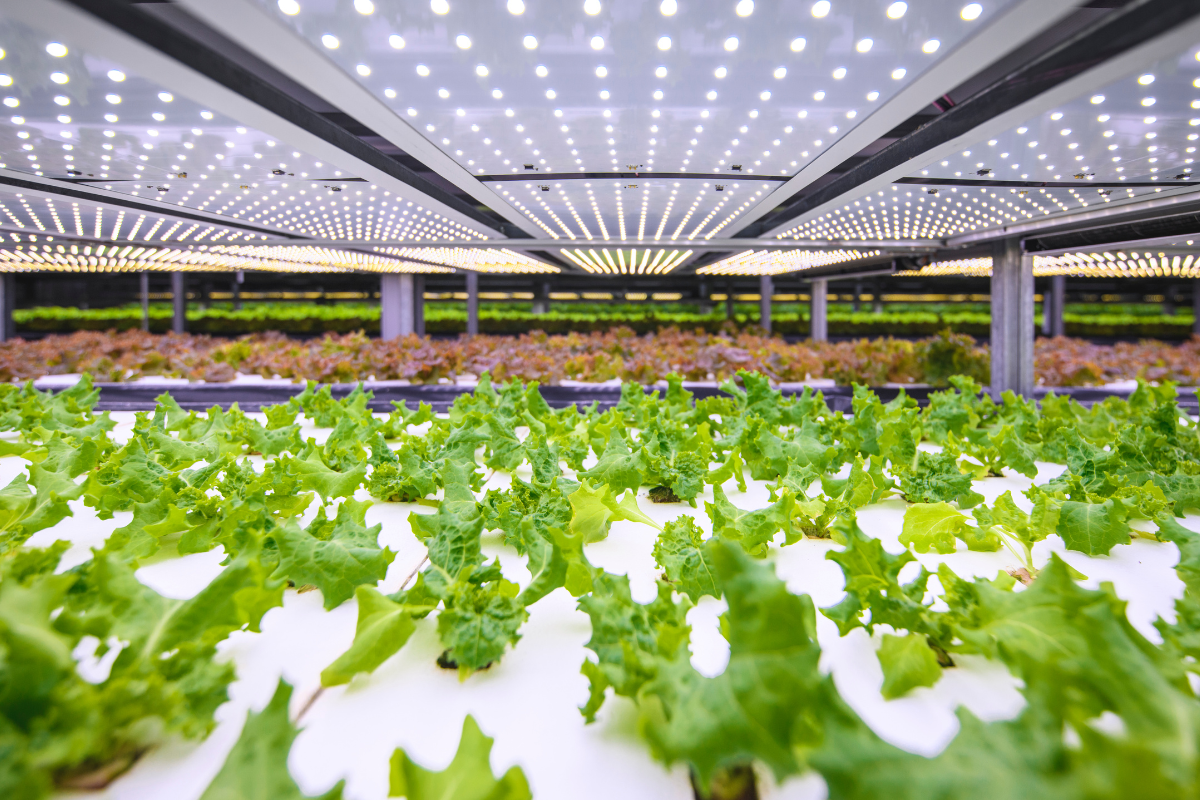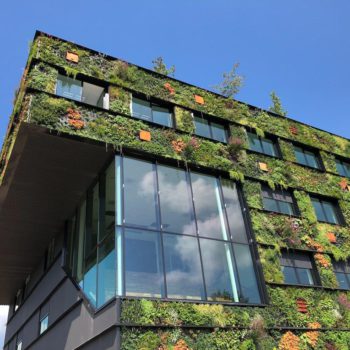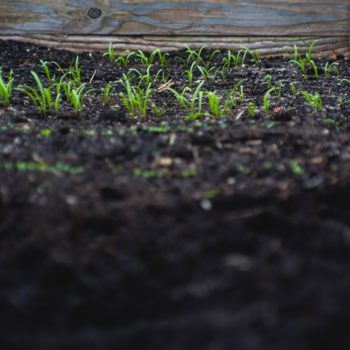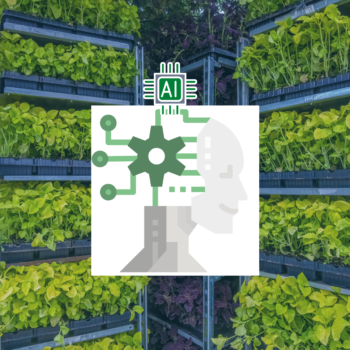|
|
Regenerative farming can produce healthier food at scale.
It’s a system of farming principles and practices that aim to heal and revitalize the land. These more circular forms of production aim to create a healthy, productive, and sustainable ecosystem that can indefinitely provide for human and environmental needs.
Here are a few reasons why regenerative agriculture is better than traditional farming.
Busy? Try the speed read.
Benefits of regenerative agriculture:
- Healthier soil
- Better water management
- Promotes biodiversity
- Increased yields
- Animal welfare
Dig deeper → 3 min
The core principles of regenerative agriculture are:
1. Soil health: Regen ag aims to improve and rebuild soil health by using methods that increase organic matter and promote soil microbial activity. These methods include no-till or low-tillage systems, cover crops, and composting.
2. Water management: More sustainable forms of farming strive to optimize water management to conserve water and improve drought resistance. Water management practices include contour farming, mulching, and using drought-tolerant plants.
3. Biodiversity: Regenerative practices promote biodiversity by using a variety of crops and animals in the farming system. Biodiversity helps to improve ecosystem function and resilience.
4. Crop rotation: Crop rotation is a critical practice in regenerative farming. Rotating crops helps to break pest and disease cycles, improve soil health, and increase yields.
5. Livestock integration: Regenerative agriculture integrates livestock into the farming system to improve soil health and increase crop productivity. Livestock integration can be accomplished through pasture cropping and mob grazing.
This type of farming has the potential to reverse the degradation of our soils and create a more sustainable and productive food system. By adopting regenerative farming principles and practices, we can help to heal the land and create a more sustainable future for all.
What are the downsides of regenerative agriculture?
There are a few potential downsides, such as the increased labor and capital requirements and the need for management skills.
1. Increased labor and capital requirements: Regenerative agriculture requires more work and capital than conventional farming. The increased labor requirements are due to the need for more frequent crop rotations and cover crops. The increased capital requirements are due to more equipment and infrastructure, such as no-tillage equipment and irrigation systems.
2. Need for management skills: It requires farmers to have management skills to implement the system successfully. Farmers need to be able to plan and execute crop rotations, select the right cover crops, and manage grazing animals.
3. Potential for decreased yields: There is a potential for reduced yields in regenerative agriculture due to the increased labor and capital requirements. In addition, the need for management skills means a learning curve associated with regenerative agriculture.
Despite these potential downsides, regenerative farming has the potential to heal the land and create a more sustainable future for all.
What is the environmental impact of traditional farming?
The environmental impact of traditional farming is significant. Conventional farming practices have contributed to soil erosion, water pollution, and deforestation. In addition, traditional agriculture relies heavily on chemical inputs, such as fertilizers and pesticides, which can negatively impact the environment.
How can consumers purchase more sustainable food?
Consumers can support sustainable food directly at the grocery store or farmers’ market. Find local farmers that use regenerative farming practices and purchase certified organic or regenerative food at your local grocery chain.
Consumers should also look for food produced using other sustainable practices, such as fair trade or rainforest alliance certification.
A regenerative future
Several farmers around the world are using regenerative agriculture practices. A regenerative farm consists of a diverse mix of crops and animals that uses cover crops and no-tillage systems to improve soil health. A regenerative future is the mostly likely solution for cracking the food puzzle. How can we feed billions of mouths without compromising quality or waste?
The answer is through circular systems that regenerate yield, not linear models that hit diminishing returns on nutritional value and safe conditions for plants and animals to grow and prosper.
Regenerative agriculture has the potential to heal the land and create a more sustainable future for all. By adopting regenerative agriculture principles and practices, we can help reverse our soil degradation and create a more productive and sustainable food system.













No Comments